In situation of Fire, do you know where to go? Emergency/Exit Lights have a very vital role in all business establishment. Standards Australia and Work safe Australia printed mandates for any business establishment to fulfill the WHS rules and regulations with the fitting of emergency exit lighting in every bounded space.
Standards Australia’s update on Emergency Exit lights that the previously used word “EXIT”, should be replaced with pictographs. This is for new and redecorated buildings, fitting and maintenance of emergency exit lighting is a obligation on getting your WHS compliance certificate.
The number of Emergency/Exit Lights should be, as a rule of thumb is two in every floor, but this is dependent on the size of the building, size of the floor and how many employees are working on each floor, it may require more. Each emergency exit should be free from any obstruction and have a clear path to the exit streets at all times. This is a must!
Emergency Exit Signs should illuminated at all times, obviously glaring in the dimness as in a movie theatre. This is in compliance with AS 2293.
Making your building safe and ensuring your employee’s safety, making them feel they are safe is one security that they can depend in case of emergency, building safety culture in your workplace is a good conscious effort for business owners. Ensuring workers they will go home safe to their loved-ones, is a part of being a good employer.
If you feel you need to check your workplace for emergency exit lighting compliance, it is best to call for a certified Electrical Services Contractor to take a look and help you make sure your workplace is in compliance and your workers are safe. It can save lives and your business!
Ross Peters – 0450 318 199
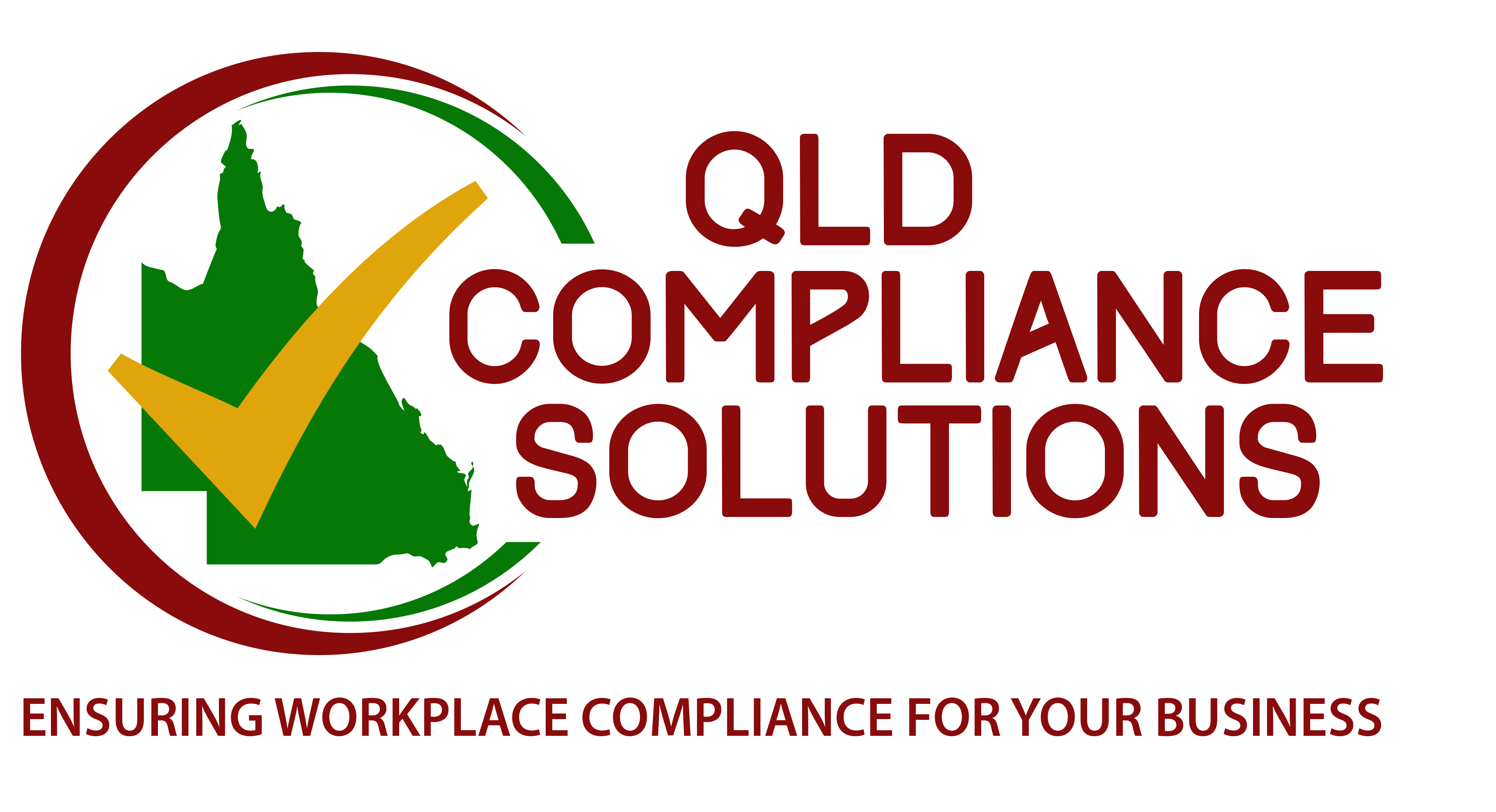
How Important Emergency/Exit Lights are?
Emergency/Exit Lights and signs are a essential for commercial buildings, big and small. Positively there are financial factors that come into play when businesses choose how to best implement emergency lighting and signs.
As stated, a lot of this is obligatory. OSHA polices things like emergency illumination in commercial buildings. For example, the exit signs must be placed in an area which highlights an unhindered exit from the building.
We should all know why we all need emergency lighting. It jumps with safety. If power outage occurs, stairs still need 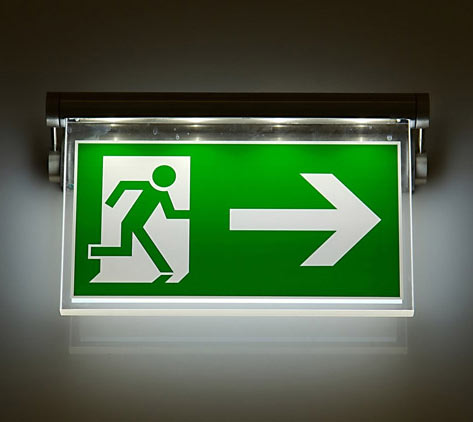 to stay passable, if conceivable. Emergency illumination in stairs and hallways can quiet nerves during a power outage. More prominently, emergency illumination should brighten those areas during a real emergency. Making it calmer for people to abandon the building. This is an additional reason emergency exit signs should be inside or outwardly illuminated. The latter means the sign’s light source is limited outside of the device. It’s often radiant or florescent lighting. Internal lighting means the sign’s lighting limits inside the actual sign.
to stay passable, if conceivable. Emergency illumination in stairs and hallways can quiet nerves during a power outage. More prominently, emergency illumination should brighten those areas during a real emergency. Making it calmer for people to abandon the building. This is an additional reason emergency exit signs should be inside or outwardly illuminated. The latter means the sign’s light source is limited outside of the device. It’s often radiant or florescent lighting. Internal lighting means the sign’s lighting limits inside the actual sign.
Emergency/Exit Lights:
Emergency lighting is also valued to fire teams and search & rescue teams called to the scene during an emergency such as a fire.
If you are in business and have a places or space that staff or associates of the public use frequently. Australian law states that you must have flawless emergency and exit lighting and signage showed at all times. And, if you have ever been in an emergency condition where time is of the essence. Then you will perhaps know how helpful those signs can be!
These emergency exit signs are mainly significant for great events in places that people are habitually visiting for the first time and merely won’t be familiar with the exits and withdrawal points.
Though, as with any electrical appliance, things can and do go incorrect with emergency and exit signage units… wires quarrel, light bulbs indistinct, a water leak might disturb the lighting unit and so on.
As portion of our emergency exit light service, our squad conducts over 59,000 minutes of emergency illumination and exit sign inspection each year. So our clients remain compliant and, above all, safe. If you have any apprehensions with the quality of the Emergency/Exit Lights and signage at your business buildings. If you have not had your emergency and exit illumination units tested every six months in agreement with Australian law, it’s time to do it now!
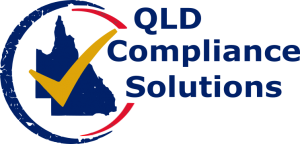
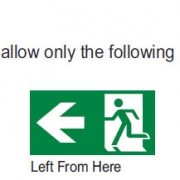
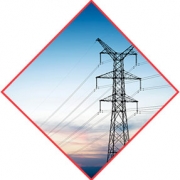
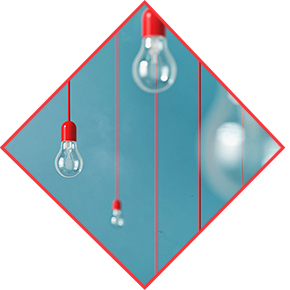 INDOORS
INDOORS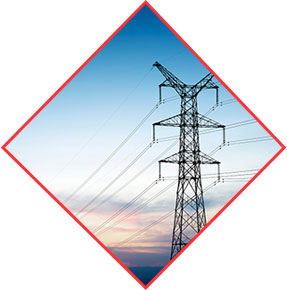 POWER LINES
POWER LINES